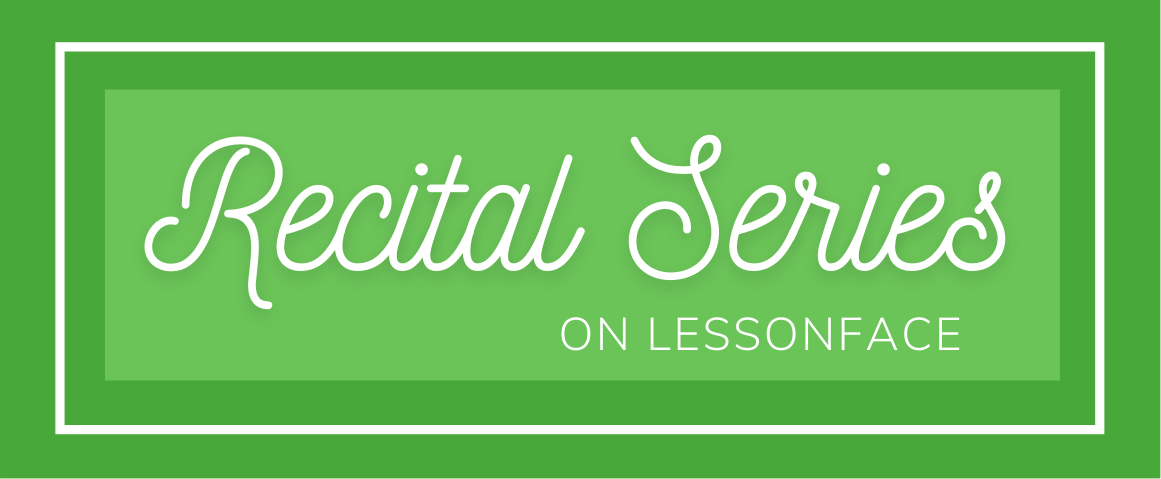Most of us have heard that there is a lot of math in music. But that mathematics might not be in plain sight, particularly if you started playing by ear and have used your musical instinct as a guide so far.
Fractions and Proportions in Rhythm
Rhythm is the most obvious place to see the math in music. Every note or chord we play has a certain duration. The duration represented by how a note looks, and each note value can be related to other note values with a fraction. Rhythm vocabulary even sounds mathematical: Whole notes get 4 beats, Half notes get 2 beats, Quarter notes 1 beat. Faster notes divide beats into 2 parts (eighth notes), 4 parts (sixteenth notes), and more. Furthermore, each note value has a rest with the equivalent value. Whether we're playing or resting, we're always counting.
[[{"fid":"28487","view_mode":"teaser","fields":{},"type":"media","field_deltas":{"1":{}},"attributes":{"class":"media-element file-teaser","data-delta":"1"}}]]
In order to be able to play in time, we need to keep track of rhythmic cycles (measures) of certain numbers of beats (often three or four). Whether you’re aware of it or not, your internal sense of rhythm is really a question of arithmetic coordinated over time. When we learn to read rhythms, we learn to convert mathematical information about the tempo and number of beats per measure into a groove. That internal sense of rhythm enables us to play lines with two different lines of music at the same time, keep time with other musicians, and continue in time even if we miss a few notes.
Patterns and Sequences
To interpret music, we need to convert individual notes into musical phrases and then into the larger idea or mood of a piece as a whole. The more patterns we can recognize in the music we play, the better we understand that music, and the more effectively we can express ourselves. A few of these patterns include:
-
Recognizing repeated ideas and identifying the structure. For example, the different verses of a song usually have the same melody. A chorus is often the same melody and the same lyrics.
-
Recognizing when a theme is repeated, but with some sort of variation. That could mean a melody with a different harmony or a rhythmic variation, a melody transported to a different key, or the same chord progression cycled through different keys.
-
Distinguishing one line of music from another, and learn to hear many parts at the same time. From as few as two parts on a single instrument, to keeping up with the various voices in a large ensemble.
Scales are really sequences of notes, and playing within a certain key means that we draw from a particular group of notes. Musicians who improvise learn what groups of notes will work well over certain harmonies. Furthermore, musicians who compose learn to recognize the qualities that certain chords possess and how they function in harmonizing a melody.
Sound Waves, Pitch, Volume, and Timbre
There are physics concepts lurking behind every note we play. Sound physics determines how our instruments work, how we produce sound, and the rules and patterns on which our tonal system is based. We don’t necessarily need to learn physics to start playing an instrument, but it comes up as soon as you scratch the surface of music theory. The more we understand the science of sound, the better we understand how music works.
Notes sound at a particular pitch due to the frequency of their sound wave. Higher notes vibrate faster (higher frequency), lower notes vibrate slower (lower frequency). When you learn to play different notes on your instrument, you learn to make the instrument sound at different frequencies.
[[{"fid":"28488","view_mode":"teaser","fields":{},"type":"media","field_deltas":{"2":{}},"attributes":{"class":"media-element file-teaser","data-delta":"2"}}]] Three notes of different pitches, vibrating at different frequencies
Likewise, the volume you hear a sound at depends on the amplitude (height) of the sound wave. Loud sounds have high amplitudes, and soft sounds have smaller amplitudes (shorter waves).
[[{"fid":"28489","view_mode":"teaser","fields":{},"type":"media","field_deltas":{"3":{}},"attributes":{"class":"media-element file-teaser","data-delta":"3"}}]]The same pitch at different volumes. The dotted line would sound quieter, the solid line louder.
Timbre of a note refers to the quality of its sound. That’s what enables you to distinguish a flute from a guitar, or a piano from a violin. There are a lot of factors that determine the timbre of the note. First, different instruments produce different sounds at the initiation of a note. That first attack is pivotal in determining if a sound is produced by a bowed instrument, a wind instrument (flute, clarinet), or plucked instrument (harp, guitar). Second, the sound of some instruments can be sustained with breath or bow stroke. Other instruments’ sound begins to fade as soon as it begins (piano and plucked instruments, for example). Third, in addition to the fundamental pitch that an instrument is playing (that is, the one written on the page), there are other frequencies (overtones) sounding as well. Even the untrained ear can distinguish a note that sounds ‘good’ from one that sounds ‘bad’. Every musician has to work to develop a consistently pleasing tone on their instrument. Similarly, the sounds that high quality, expensive instruments can produce compared to their cheaper counterparts is also due to those overtones. For a more in-depth explanation of overtones, check out this article.
Scales, Intervals, and Harmony
When two waves sound sequentially or at the same time, the relationship of two sound waves produces a particular effect on the listener. If the waves line up neatly and mathematically, the interval sounds ‘smooth’ and pleasing to our ears. For example, in an octave, the higher note vibrates exactly twice as fast as the lower note, and they intersect every one wave for the lower note, and every two waves for the higher note. The octave sounds smooth and harmonious; it’s what we call a consonant interval. Another consonant interval is the perfect fifth, whose sound waves line up every two cycles for the lower note, and every three cycles for the higher note. But there are many more intervals whose sound waves do not line up so neatly—we call these dissonant intervals. The tri-tone a prime example of a dissonant interval. The frequencies of the two sound waves are such that they never meet at the center. The concepts of consonance and dissonance are some of the fundamental tools we use to create and resolve tension in music.
(More on this subject here in ‘‘Why Does Our Musical Alphabet Have 12 Tones’)




